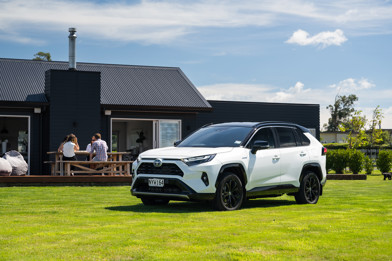Haven’t we been here before? Yes, we published a major feature not so long ago, in April, digging into all the new car brands entering New Zealand.
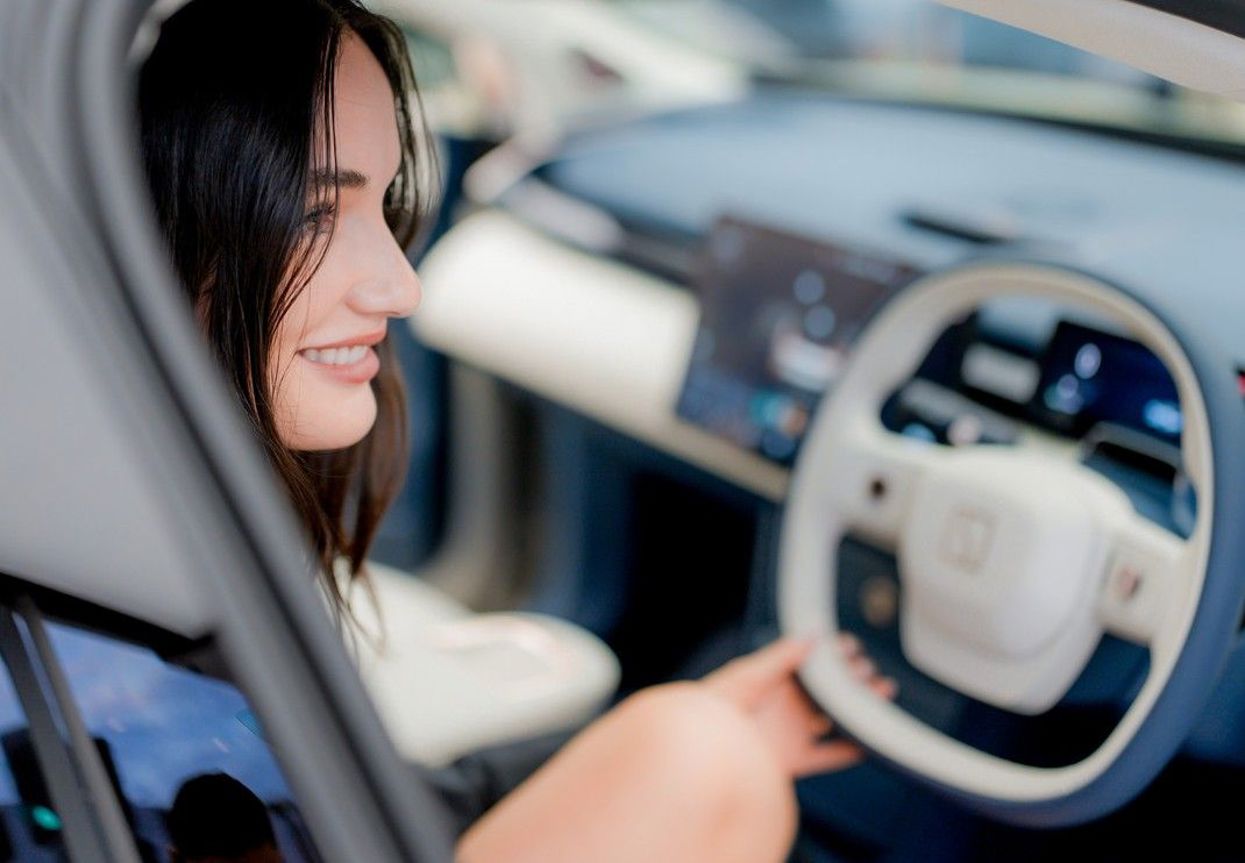
We’re doing it all again… because there are a whole lot more new products on the market. In fact, of our “five newest” featured here, three were not around for our last feature and another has expanded in signifcant and unexpected ways.
Leapmotor
Founded: 2015, then 2023 as Leapmotor International (joint venture with Stellantis) Launched in NZ: January 2025 What does it sell? B10 and C10 SUVs.
It’s a sign of the times that one of the newest NZ brands from our story earlier this year is now the most established on this list: Leapmotor.
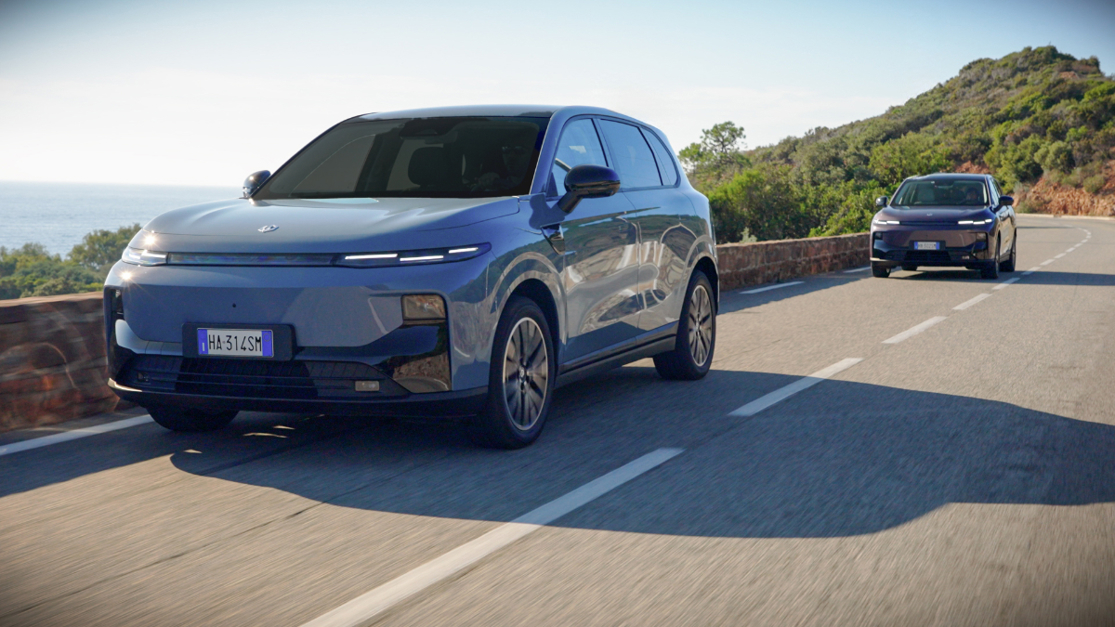
Leapmotor (some just call it “Leap”) is a Chinese startup established by electrical engineer Zhu Jiangming in China, 2015. But there’s a strong international element to the operation: in 2023 the company signed with Stellantis (Alfa Romeo, Citroen, Fiat, Jeep, Maserati, Opel, Peugeot, Ram) to form Leapmotor International, to focus on exporting.
Leapmotor comes to NZ through Armstrong’s Distribution (which also handles some Stellantis brands).
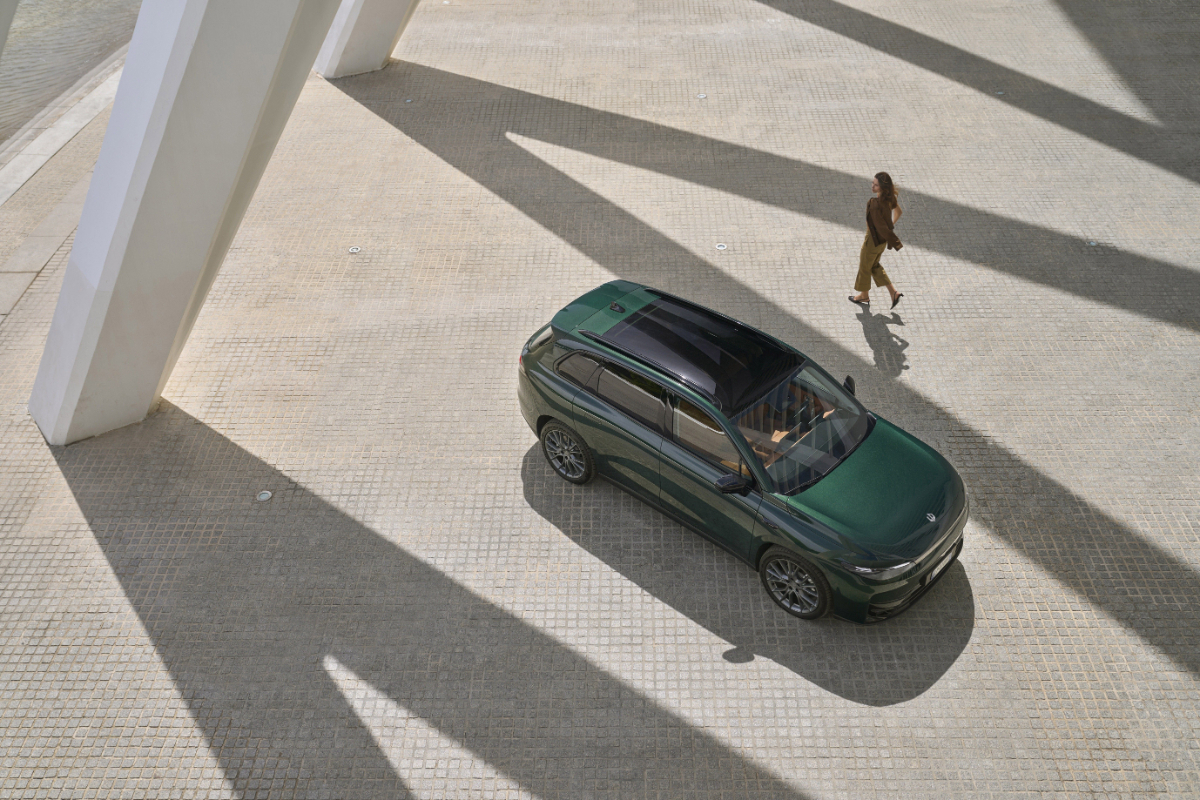
C10 is offered in NZ as a pure-electric model or with the “Ultra Hybrid” plug-in electric vehicle powertrain, using a large plug-in battery that gives 145km EV range, paired with a 1.5-litre petrol engine that acts as a generator to make electricity.
It’s now joined by the smaller B10. Read our first drive here.
Geely
Founded: 1986 (automotive since 1997) Launched in NZ: April 2025 What does it sell? Starray and EX5 SUVs, Riddara RD6 Pro ute.
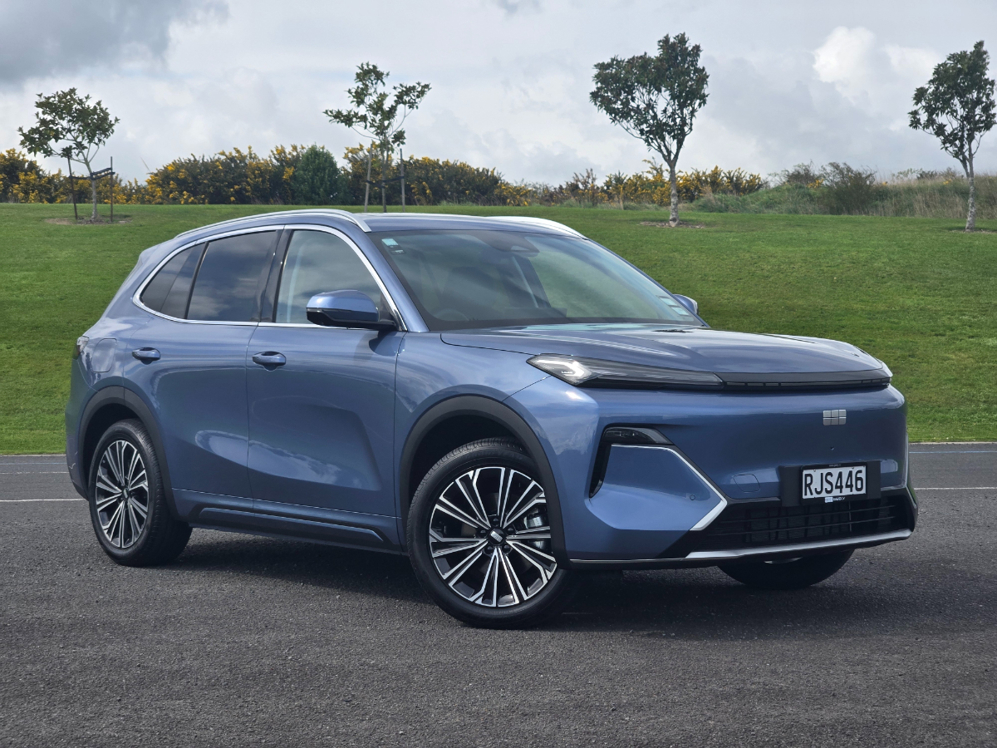
We talked about Geely last time, with the launch of the EX5 medium-SUV fresh at that time. To recap, the brand started as a refrigerator parts company, but got into automotive in 1997. In fact, it was China’s first privately owned carmaker. But there’s a lot more to talk about now, especially in a Kiwi context.
First, new Geely-branded models. The EX5 EV has now been joined by the Starray EM-i, an SUV of similar dimensions (it’s a bit larger) that uses a “Super Hybrid” plug-in powertrain: 83km electric range and an overall distance of nearly 1000km on a full tank/charge.
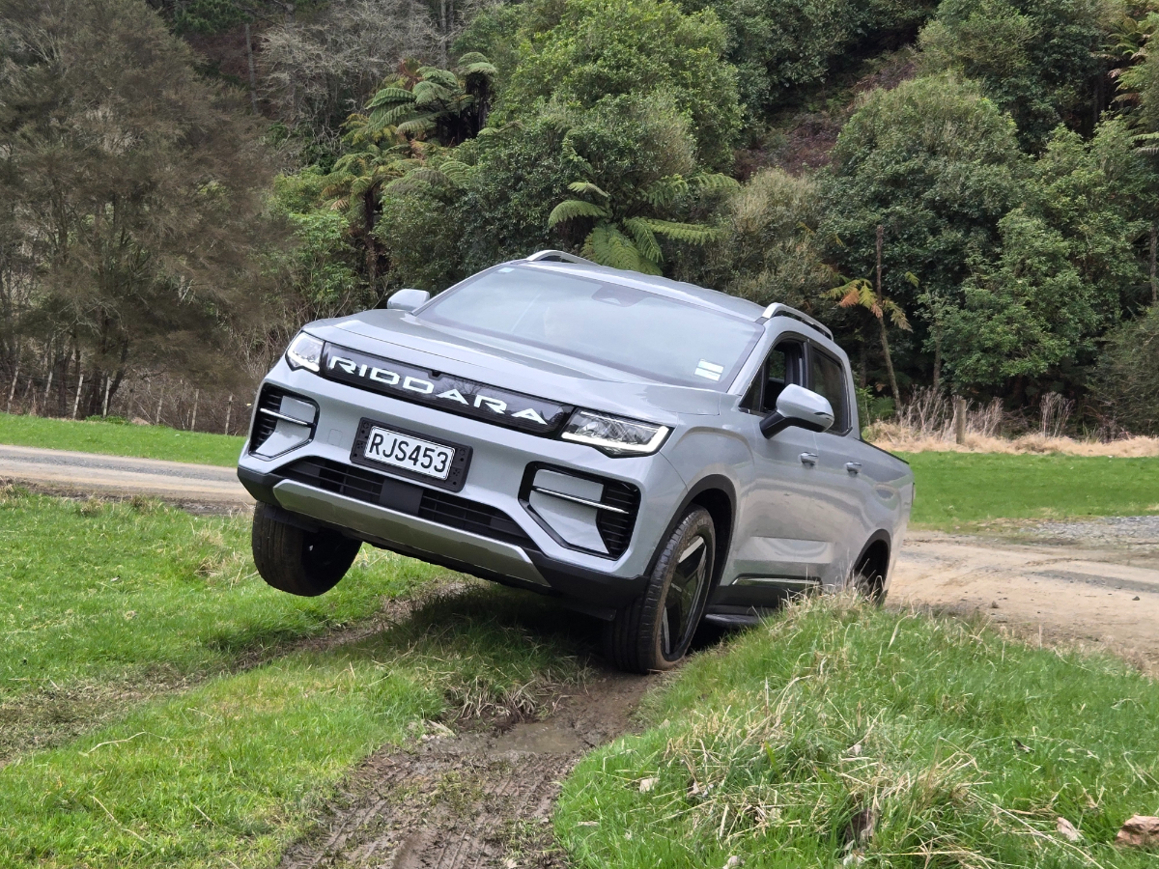
There’s also the intriguing Riddara RD6 Pro, a dual-cab ute with pure-electric power. It’s not strictly a Geely, because the company treats “Riddara” as a separate brand; but it does wear a Geely badge on its tailgate and it shares showroom space with EX5 and Starray EM-i, so that’s good enough for us.
Riddara is based on a passenger-vehicle platform, so it’s as much a car as pickup truck. It doesn’t claim to offer the ultimate in 4x4 ability, with independent suspension all-round, but it’s surprisingly capable, with dual-motor AWD that really gets to grips with loose surfaces and uneven ground.
It also delivers on some key ute stats: it can tow 3000kg and offers a payload of 1030kg.
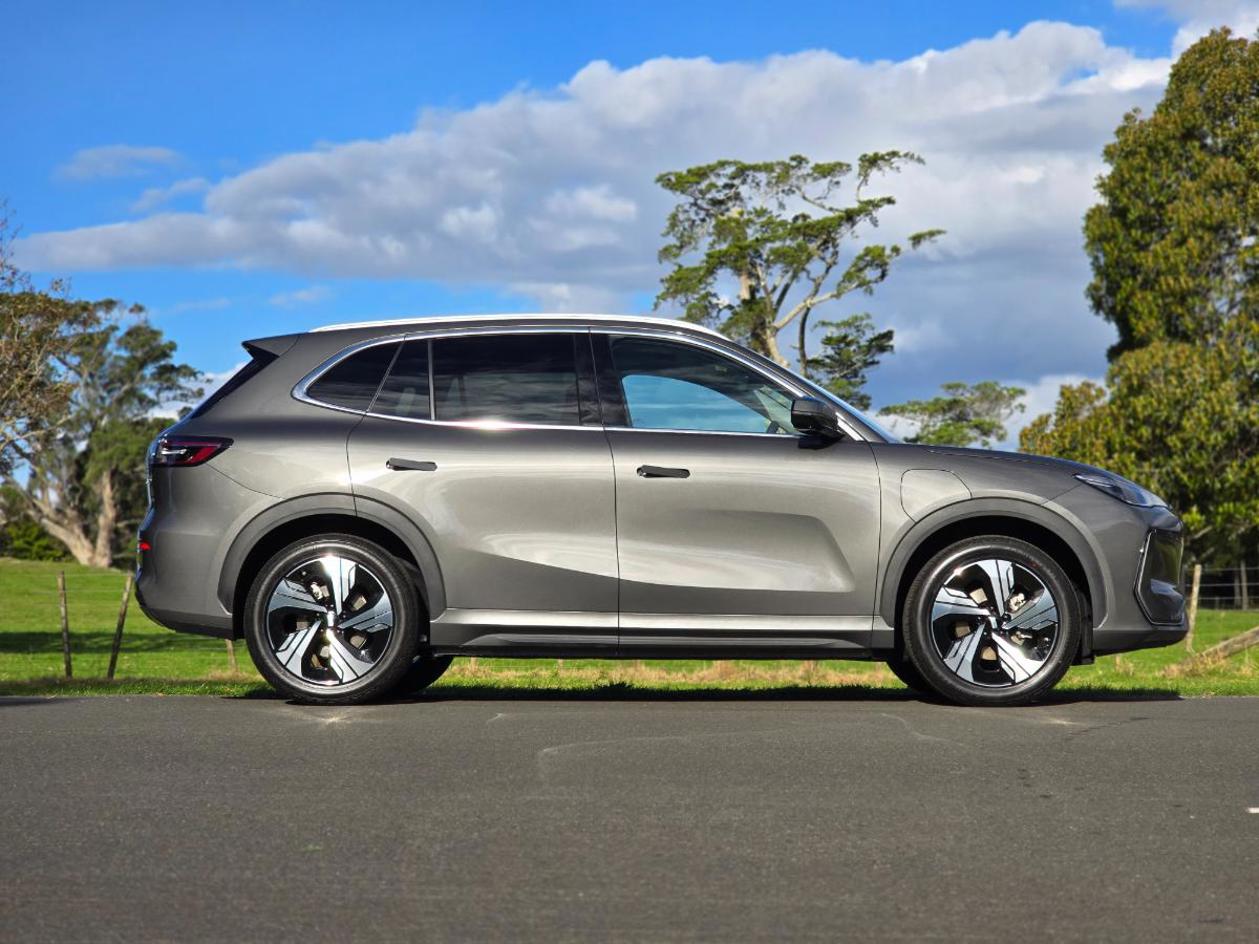
We’re here to talk cars, but there’s a bigger Kiwi business story around Geely, too. As is well-known, Geely is now a sprawling automotive giant: under its various companies it has owned Volvo since 2010 and Lotus since 2017. It’s technically a partner with Volvo (but also the parent company) in Polestar (2017). And there’s much more.
The above is relevant because NZ Geely importer Giltrap Group has formed a new division called NordEast that brings six different Geely brands together under one umbrella for the first time, anywhere in the world.
So that’s Geely, Volvo, Polestar and Lotus. Only four, right? But now there are two more: Zeekr and Farizon.
Zeekr
Founded: 2021 Launched in NZ: September 2025 What does it sell? X and 7X SUVs, 009 luxury people mover.
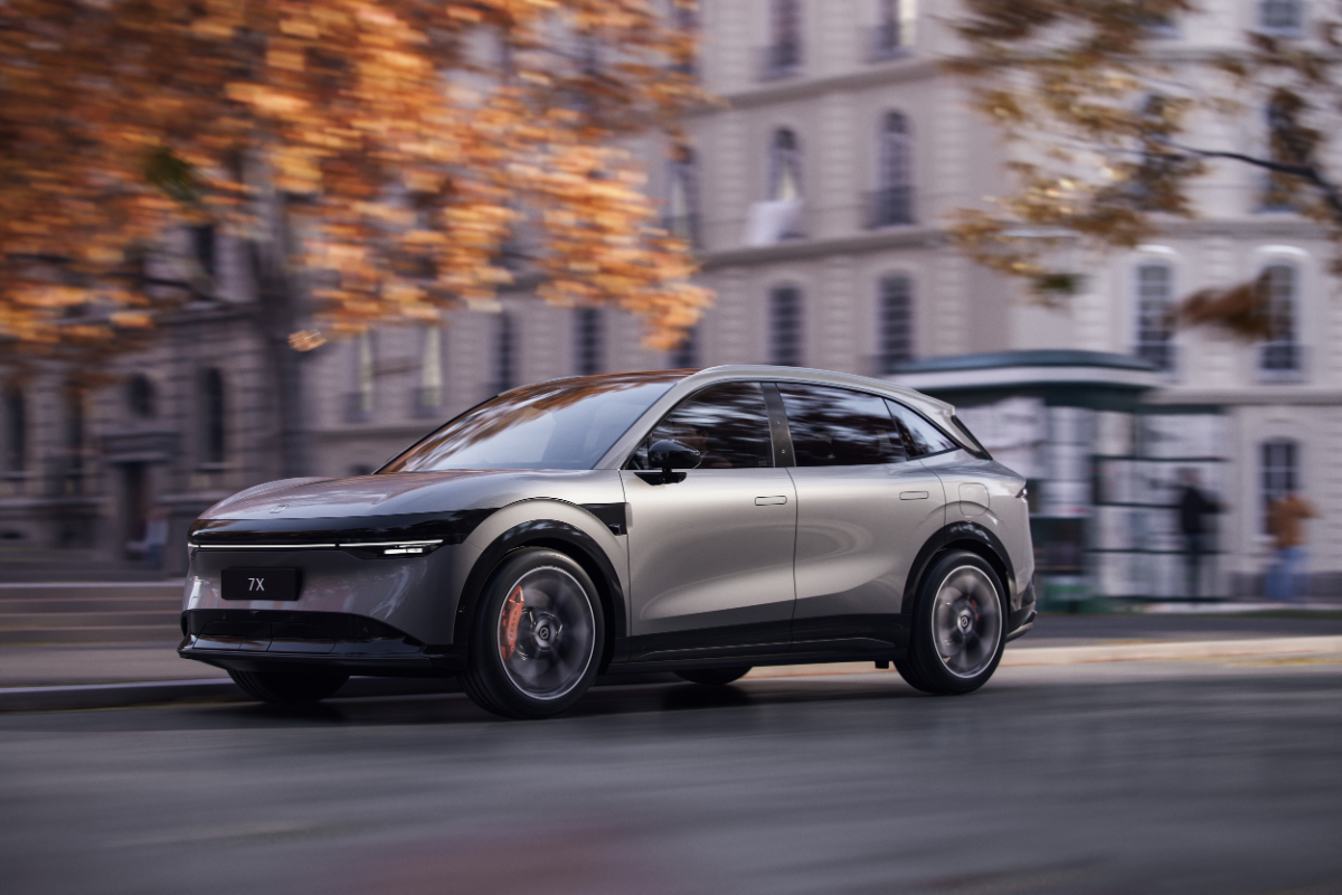
Zeekr is Geely’s luxury-EV brand. It’s very young, but has grown quickly in international stature, expanding first into Europe in 2023 and from 2024 into various other markets.
It was announced for NZ with the rest of the NordEast operation in August this year, although the product-picture really only became complete with confirmation of specification and pricing of its hero model, the 7X, in September.
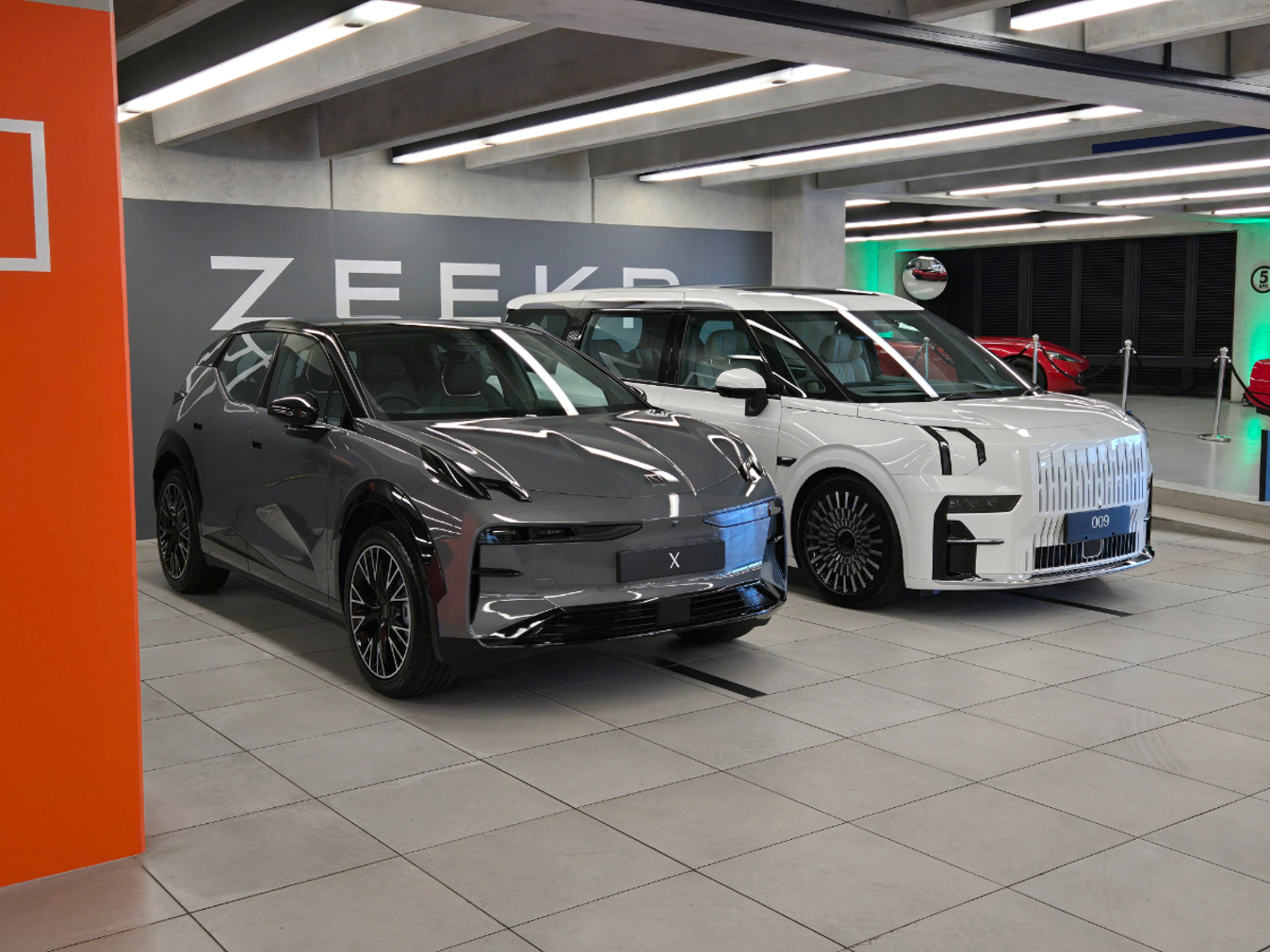
The 7X is Zeekr’s newest vehicle, with some versions featuring a “Golden Battery” capable of extremely high-speed charging. It’s a medium-SUV aimed at the premium market, but it also has a smaller sibling, simply named X; that one shares quite a lot of its technology with the Volvo EX30.
The most niche, but also most outrageous Zeekr offering for NZ is the 009 luxury people-mover, which offers a lounge-like rear compartment. And a lot of chrome.
Farizon
Founded: 2016 Launched in NZ: August 2025 What does it sell? A pure-electric van, the SV.
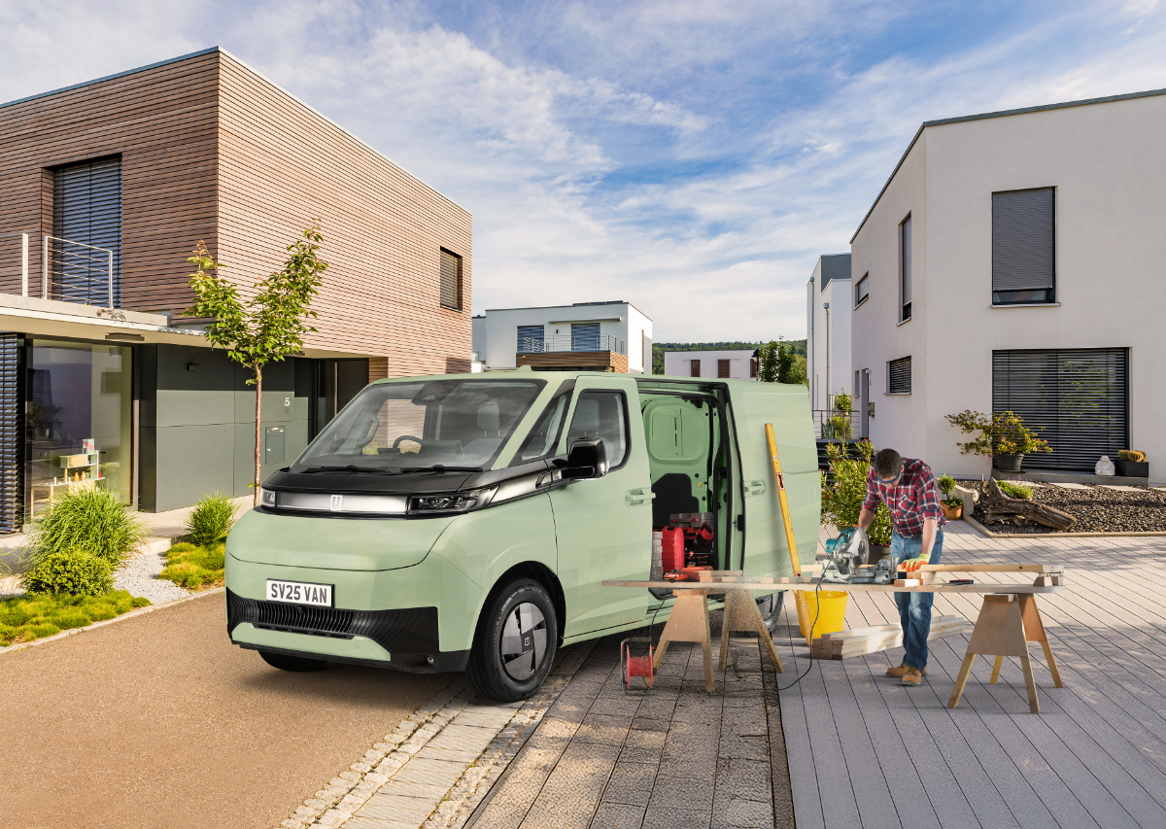
Farizon is a Geely subsidiary (also part of NordEast in NZ) formed to develop pure-electric commercial vehicles. The Kiwi offering comprises the SV (sometimes called “SuperVan” in other markets) in three different lengths (4990-5995mm) and three different heights (1980-2500mm).
The entry SV has a 67kW battery, but every other model is powered by a 83kWh pack. And there are many colours other than white.
Chery
Founded: 1997 Launched in NZ: April 2025 What does it sell? Tiggo 4, 7 and 8 SUVs (plus Omoda/Jaecoo sub-brands). Tiggo 9 launch imminent.
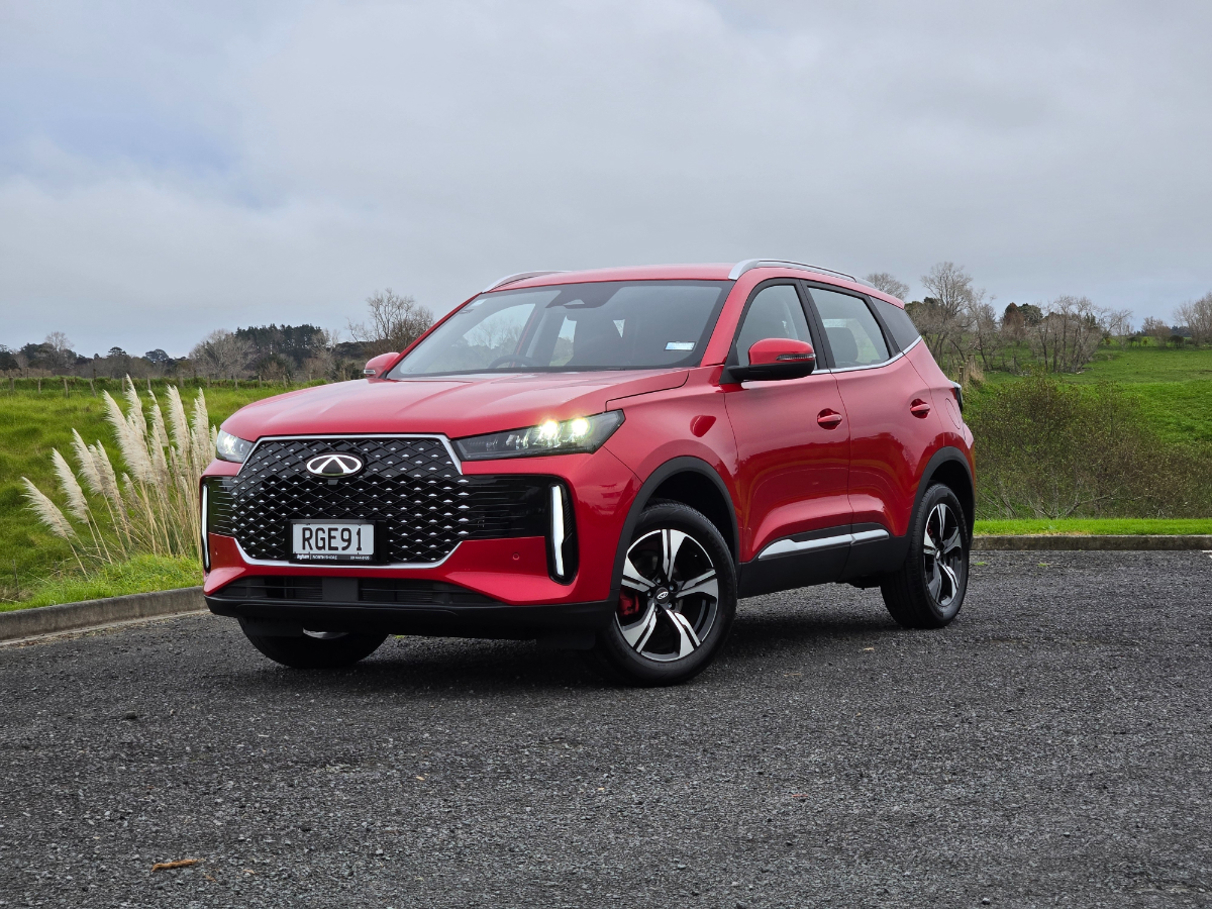
Chery’s new-generation products are already familiar to NZ. Last year it launched its Omoda and Jaecoo sub-brands, with a range of models and powertrain technologies.
But exactly a year later, it introduced Chery-branded models to the Kiwi market. While they all come from the same source (and the same Australian-based distribution business), Chery is sold and marketed quite separately from Omoda/Jaecoo. It’s more mainstream, aimed at value-conscious family buyers.
First up was the Tiggo 4 compact-SUV, which is now available in both petrol and hybrid models. Chery has also introduced a range of medium-to-large SUVs with the focus on Super Hybrid powertrain technology, matching 80-90km EV range with 1000km-plus hybrid driving ability.
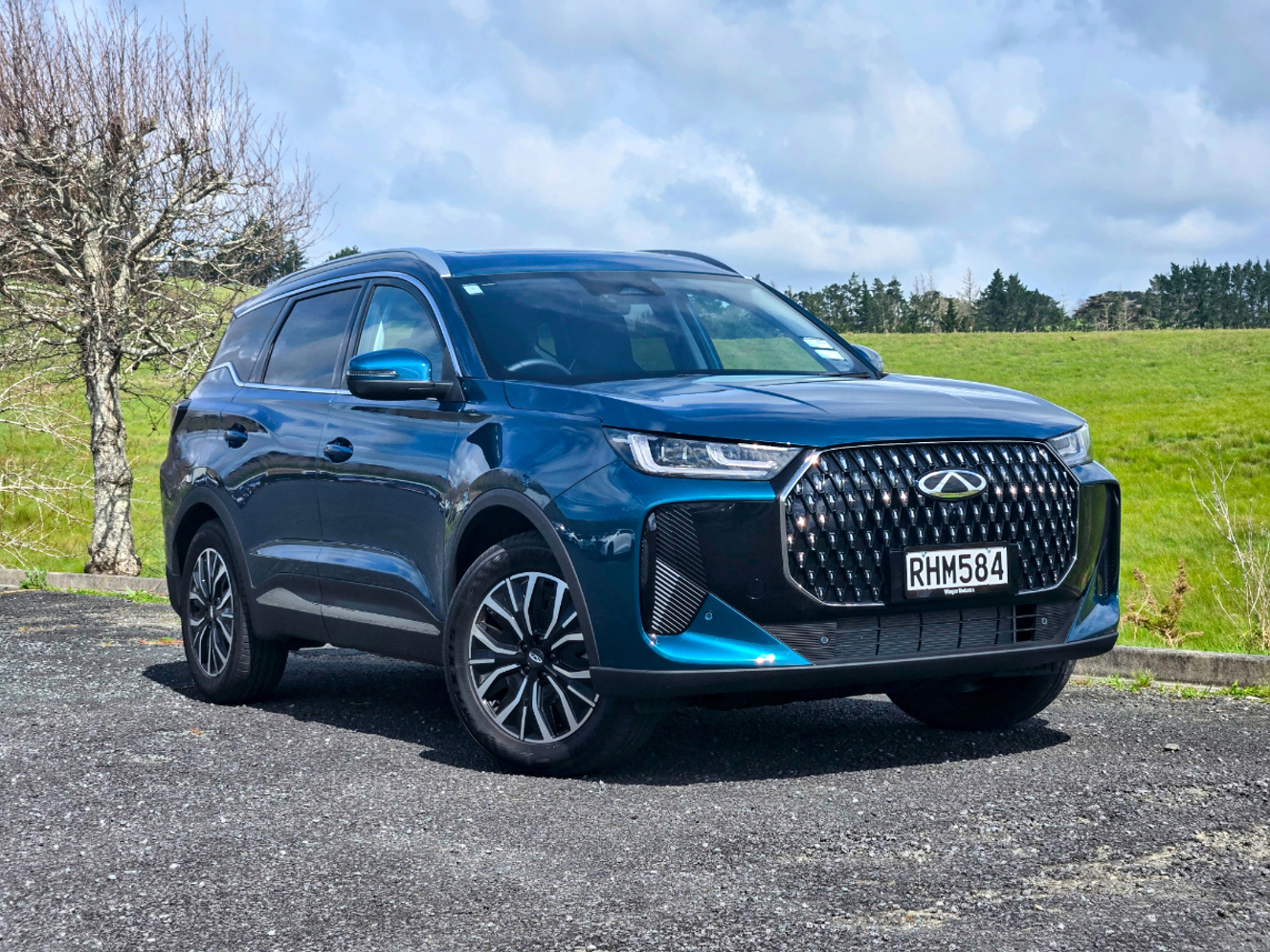
The Tiggo 7 is its mid-size offering, while the Tiggo 8 – which looks similar but is a different design inside and out – is a seven-seater. Chery is also preparing to launch a model with a much larger third row capable of carrying seven adults, the Tiggo 9.
Like Geely, Chery is a Chinese brand that flirted with the Kiwi market back in its bad old days, but disappeared. It’s now back with highly polished new-gen products.
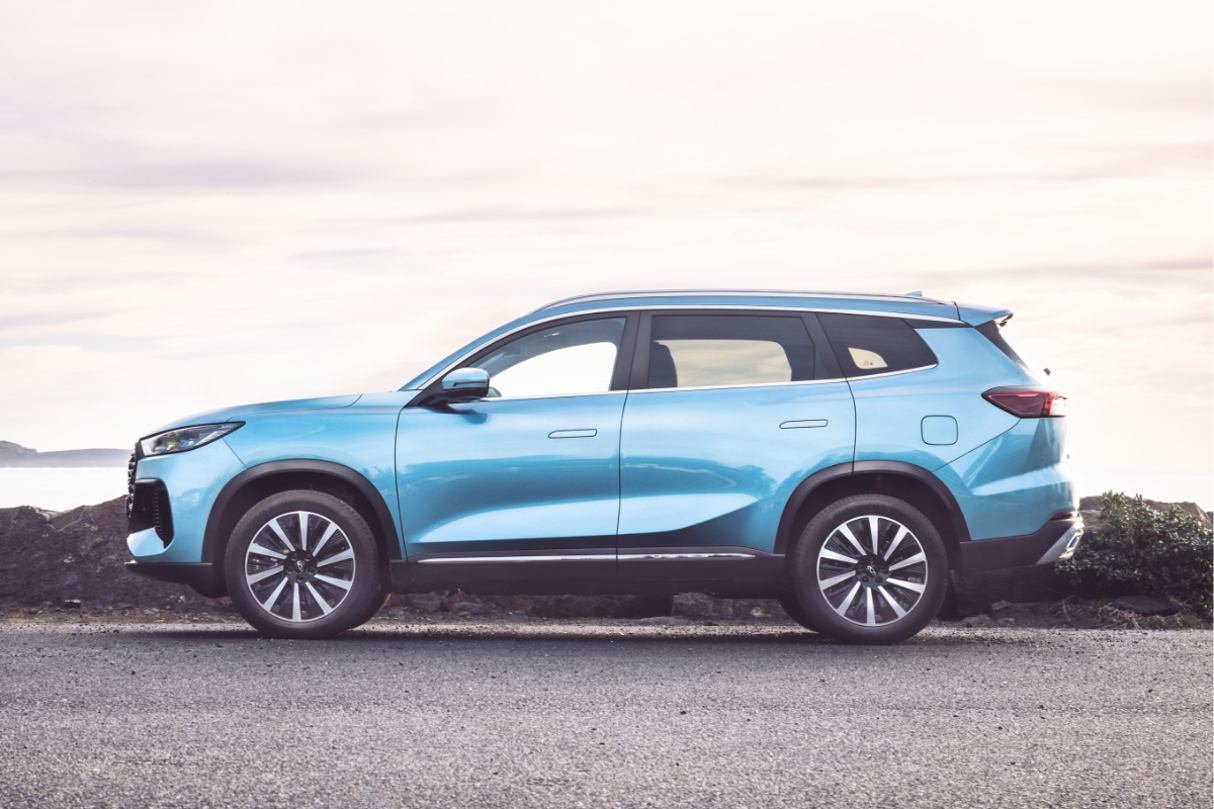
Chery has long been focused on selling its cars outside the domestic market: it started back in 2001 and has been China’s largest exporter since 2003.





